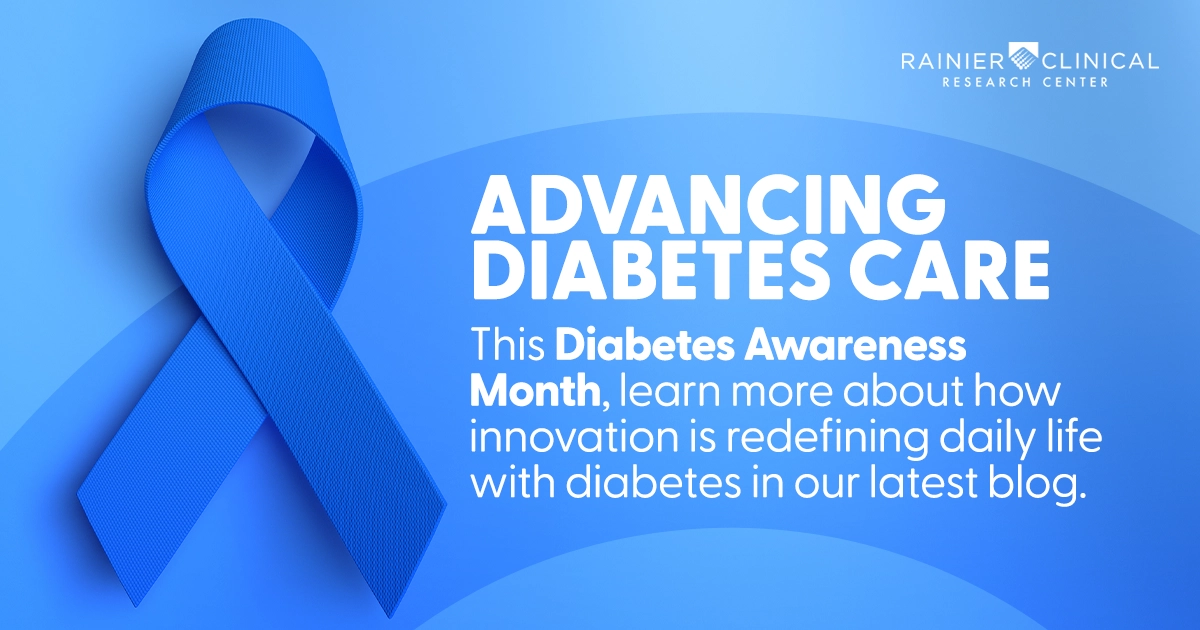
.jpg)
Beginner’s Guide to Continuous Glucose Monitors
Keeping blood glucose levels in a safe range is essential in successfully managing diabetes and avoiding complications. Continuous glucose monitors (CGMs) are the next generation in technology, making it easier to monitor blood sugar levels. If you’ve been curious to learn more about continuous glucose monitors, we’ve put together a beginner’s guide with what you need to know.
What are Continuous Glucose Monitors, and How Do They Work?
CGMs are a newer way to continuously measure blood sugar levels through a small, wearable device. Most CGMs consist of a tiny sensor placed right under the skin on the arm or belly. The sensor measures glucose levels in the fluid under your skin. Most devices take readings every five minutes, all day and night. The sensor is regularly changed, but this can vary based on the device. In general, most require a sensor change every 7 to 14 days.
The sensors are also fitted with a transmitter that sends the data it collects to a device where you can view it. This can be to an insulin pump or smartphone app, where it is easily shared with your doctor.
Benefits of CGMs
Though it may take some patience and time at first, there are many great reasons to consider a CGM. One of the most apparent benefits is the convenience of the sensor automatically checking blood sugar levels.
• Having ready access to your blood glucose history can help you, and your provider better evaluate how food, activity, stress, and illness impact your blood sugar levels. These patterns and trends can also give your provider the information needed to personalize your treatment plan further.
• Alerts can be set to notify you or a loved one when blood sugar levels are getting too high or low. The notifications allow you to take the steps necessary to avoid growing into a bigger problem.
.jpg)
• CGMs significantly reduce the number of finger sticks required compared to more traditional lancet and test strip methods. Fewer sticks and automated readings mean more consistent and complete data, which may have been barriers before.
Diabetes Resource Center
Rainier Clinical Research Center is an industry expert in advancing care options for conditions like diabetes through the clinical trials we conduct. Together, with the partnerships of patient volunteers, the future of individuals living with diabetes looks bright.
.png)
To learn more about currently enrolling studies for individuals with diabetes, call us toll-free at 888-478-8343 or click on a link below for study details and application:
• Weight Loss Study for Type 2 Diabetes
• Diabetic Peripheral Neuropathy
Sources:
https://my.clevelandclinic.org/health/drugs/11444-glucose-continuous-glucose-monitoring
https://www.niddk.nih.gov/health-information/diabetes/overview/managing-diabetes/continuous-glucose-monitoring
https://www.diabeteseducator.org/docs/default-source/living-with-diabetes/guides/pocket_cgm_guide_english.pdf?sfvrsn=2


